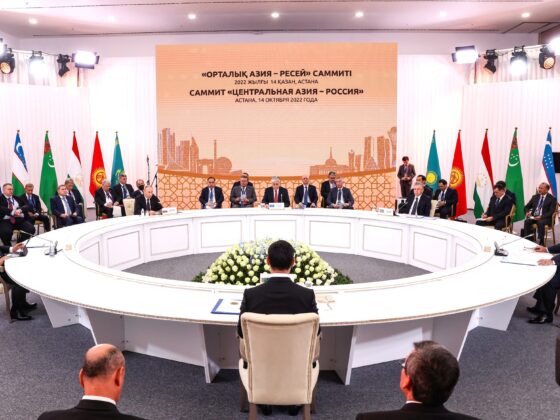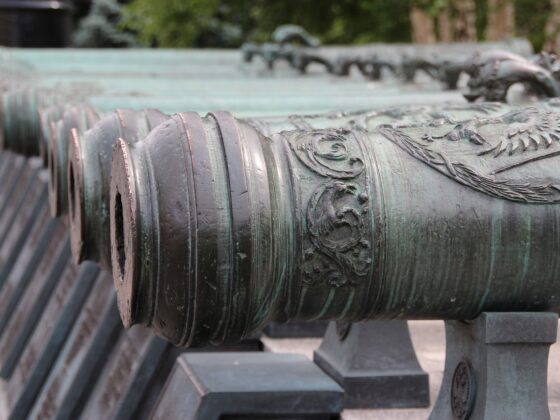(RE: Russia) If you are communicating on a social media site or just scrolling your timeline, and you think you are simply observing a cross-section of society and its responses to current events, then you are deeply mistaken. You are falling into a specially designed trap. Social media has long ceased to be a space of pure freedom. Now these websites are flooded with an army of trolls, bots and paid influencers that make up the infrastructure of online political astroturfing. This concept originated in the U.S. in the mid-1980s and takes its name from AstroTurf, a company that supplied turf that mimicked natural grass(roots) to stadiums. Similarly, social or political astroturfing is the imitation of grassroots initiatives and campaigns, which are designed to falsify “popular opinion” and create a distorted impression of the prevailing social mood. The aim of this is to emulate a pro-government majority and in doing so frighten any opposition with the intensity of this engagement. This happens in authoritarian regimes the same way that they falsify elections and control traditional media.
As research has shown, over the past decade, Russia has created a powerful infrastructure of “networked authoritarianism”, which implements “third generation controls” aimed not at restriction but at the active creation of social media content. As the authors demonstrate in their analysis of the strategies of online astroturfing and the real responses of social media users to the war in Ukraine and “partial mobilisation”, social networks today are a site of confrontation and contestation between the real users and the “astroturfing army” created by the regime. The strategies of astroturfing within this conflict are quite diverse and varied, but social media propaganda is not always a success. Nonetheless, it seriously distorts our perceptions of “grassroots sentiment”.
The Russian public reaction to Putin’s announcement of ‘partial mobilisation’ was far from that desired by Russia’s authoritarian regime. Up to 700,000 citizens left the country in order to dodge the draft over the course of two weeks, mass protests erupted across the country, and the approval ratings of the president and key political institutions slid as a result. In order to counter this reaction, the Kremlin mobilised both broadcast and online media. State media received a new set of guidelines [temniki] instructing them to emphasise the limited nature of ‘partial mobilisation’ and that it would affect only 1% of reservists – younger men with military experience. In addition, the regime mobilised bloggers to promote the hashtag #nopanic [#безпаники] and to compare the number of mobilised men to 1% of everyday objects such as a woman’s makeup bag, a portion of fries, or a pack of candies in order to downplay the scale of the event. […]
Read More © RE: Russia











